What You Need to Know About Athlete’s Foot – The Top 5 Essential Oils to Soothe and Heal Your Feet Naturally
Essential Oils for Athlete’s Foot: How to Soothe and Heal Your Feet Naturally
Overview

While athlete’s foot is not a dangerous condition, it can be highly contagious and hard to cure sometimes. Even after successful treatment, the infection may reappear after a while. It is especially frequent in people with type-2 diabetes and those with compromised immune function.
Essential oils are increasingly being recognized as a gentle and safe remedy for skin infections. Numerous studies have shown that these potent plant extracts can effectively destroy fungal colonies and soothe painful symptoms. Their multipronged healing approach makes them incredibly powerful against drug-resistant variants and can prevent the infection from reappearing.
Read on to explore the top antifungal essential oils for athlete’s foot.
What causes athlete’s foot?
Athlete’s foot can spread from one person to another, as well as from one part of the body to the other. As the name suggests, it is extremely common in athletes and people who spend a lot of time wearing damp socks. Having uncontrolled diabetes can also increase your risk of fungal skin infections. This is because people with high blood sugar tend to have sweeter perspiration, which favors and encourages the growth of fungus and bacteria.
Athlete’s foot usually starts in the area between your toes. If not treated promptly and completely, it can quickly spread across the top and bottom of your feet. It can cause the skin on your feet to change color and become excessively dry and flaky. In some severe cases, pus-filled blisters and open sores may also appear.
The top essential oils for athlete’s foot
1. Tea tree oil
Tea tree oil is hands-down the most powerful antifungal essential oil on the planet. It contains a therapeutic chemical called terpinen-4-ol that has been shown to be effective against a broad range of dermatophytes—a group of fungi that require human keratin for growth and cause infections of the skin, scalp, and nails. Fungus that causes athlete’s foot is also a kind of dermatophyte.
Studies have shown that topical treatment with tea tree oil can kill fungi cells and improve symptoms like itching, burning, rashes, redness, and flaking. It also creates a protective coating on the skin, preventing bacteria and other pathogens from invading the area. In one clinical trial, applying a 10% solution of tea tree was found to be as effective as tolnaftate (a popular over-the-counter treatment) in alleviating symptoms of athlete’s foot.
2. Cinnamon bark oil
Cinnamon oil is known for its strong antimicrobial properties, having been used for centuries to treat various common ailments. Researchers have demonstrated that even 0.01% of cinnamon oil can completely destroy fungi cell walls and plasma membranes, quickly eliminating the infection and associated symptoms.
In one study, researchers found that a combination of cinnamon oil and clotrimazole was twice as effective as clotrimazole alone in killing multidrug-resistant dermatophytes. Clotrimazole is a topical cream medically used for fungal skin infections like athlete’s foot, candidiasis, ringworm, and scalp irritations. Cinnamon oil not only improved the efficacy of conventional drugs but also reduced their side effects. In addition, it reduced the dependence on oral antibiotics by prompting a quick recovery from the condition.
Researchers found that cinnamon has not just one but multiple fungicidal components that work in a holistic manner, making it almost impossible for fungi to evade the treatment. Cinnamon oil and extracts are currently being studied as a possible adjunctive therapy for fungal infections.
3. Eucalyptus oil
Eucalyptus is another popular essential oil for athlete’s foot and ringworm infections. The primary constituent of this medicinal oil is eucalyptol—a type of monoterpenoid that has been shown to have antifungal, antiseptic, anti-inflammatory, and wound-healing properties. Research shows that eucalyptus can stimulate the activity of white blood cells and reduce pro-inflammatory cytokines, providing relief from itching and pain.
In a 2015 study, topical eucalyptus treatment was even more effective than conventional treatments in alleviating fungal nail infections. Eucalyptol works best in combination with menthol, which is the active compound of peppermint oil. Studies have shown that applying a synergistic formulation of eucalyptus and peppermint oils on your feet can inhibit the growth of fungi and yeast for up to 8 hours.
4. Peppermint oil
Famed for its characteristic minty aroma and mood-lifting effects, peppermint is one of the most versatile essential oils that can be used for a variety of common complaints. Its menthol component generates a tingling sensation on the skin and improves blood flow, providing instant relief from itching and burning.
In a 2019 study, researchers found that peppermint exhibits both fungistatic and fungicidal properties against a wide variety of fungi and yeast, including several tinea species. It also works synergistically in combination with conventional treatments and improves their effectiveness against drug-resistant strains.
However, peppermint oil should be used sparingly and in combination with other balancing oils. Its overuse may increase skin dryness and further aggravate the condition. If you have sensitive skin, try gentler oils like lavender or geranium.
5. Lavender oil
Lavender has antiseptic and calming properties, making it a great choice for irritable and inflamed skin conditions. Studies have shown it improves skin barrier function, maintains ideal skin pH and sebum levels, and promotes collagen synthesis. When used in combination with other natural emollients, lavender can alleviate symptoms like peeling, scaling, flaking, cracking, dryness, and itchiness from athlete’s foot.
Lavender has been found to have a strong fungicidal effect against several dermatophytes, especially candida and tinea species. Researchers have found that even 0.125% of this oil can completely eliminate fungal colonies, including the ones that are difficult to treat with conventional antifungal medications.
How to use essential oils for athlete’s foot
Create a vinegar foot soak
Apple cider vinegar is known to have antifungal and antibacterial properties that can help soothe itching and dryness, soften the skin, remove foot odor, and slow down the growth of foot fungus and bacteria.
Take about a gallon of warm water in a large bowl or tub. Add ½ cup vinegar and 3 drops each of tea tree, cinnamon, and thyme essential oils. Alternatively, you can use 8-10 drops of a single essential oil. Soak your feet in it for at least 15-20 minutes daily. Rinse and dry your feet well before applying topical creams.
You can also use white vinegar, baking soda, hydrogen peroxide (1-2%) – use food grade hydrogen peroxide when possible, or magnesium salts for creating foot soaks. But remember not to overdo it, as using too many products may worsen dryness and peeling.
Topical application
Mix 6-8 drops of essential oil with one tablespoon of coconut oil or shea butter. Apply on freshly cleaned feet with the help of a sterile cotton gauze pad. Repeat the treatment twice a day until the infection subsides.
Possible risks and safe practices
Essential oils should never be used on the skin undiluted. For maximum effectiveness, it is recommended to use a synergistic blend of multiple oils rather than a single oil. The presence of multiple therapeutic compounds enhances the efficacy of the treatment against a broad spectrum of microbes while also minimizing the side effects.
Always wash your hands with soap before and after applying essential oils (or any topical ointment) to the affected area. It is important to take utmost care when you are touching the infected skin, as ringworm can be highly contagious and can easily spread to other parts of the body. It can also spread to other members of the family if not treated with caution.
If you have been using essential oils or other home remedies for over two weeks and not seeing any improvement, consider speaking to your doctor about it. Please do not attempt to self-treat with essential oils if you see signs of a secondary bacterial infection developing, such as swelling, pus, or fever.
Final thoughts
Essential oils have been used for centuries to soothe skin conditions. Evidence shows these healing aromas can strengthen the skin barrier and kill pathogenic fungi such as those that cause athlete’s foot, naturally relieving symptoms like itching and burning.
When you are trying to treat fungal skin infections at home, always keep in mind that fungi need a warm and moist environment to grow. Keeping your feet clean and dry can help control the spread and allow natural treatments to work efficiently.
If possible, avoid wearing socks and shoes for a while. If you must wear socks, choose breathable fabrics like cotton or wool that can help evaporate sweat faster. You can also apply some antifungal powder before putting on your socks.
Minor infections of athlete’s foot can easily be treated at home with over-the-counter medications and traditional remedies. If your condition is severe, please seek immediate medical care.
For natural and healing remedies, products, and supplements that can help you live your most optimal healthy life, visit our store here!
To Your Health!
References
https://www.ncbi.nlm.nih.gov/pmc/articles/PMC6832927/
https://pubmed.ncbi.nlm.nih.gov/12121393/
https://pubmed.ncbi.nlm.nih.gov/1303075/
https://www.mdpi.com/1420-3049/26/4/1093
https://pubmed.ncbi.nlm.nih.gov/11413931/
https://www.ncbi.nlm.nih.gov/pmc/articles/PMC4595230/
https://www.ncbi.nlm.nih.gov/pmc/articles/PMC1997117/
https://pubmed.ncbi.nlm.nih.gov/11366554/
https://www.ncbi.nlm.nih.gov/pmc/articles/PMC3532871/
https://www.ncbi.nlm.nih.gov/pmc/articles/PMC6749244/
https://pubmed.ncbi.nlm.nih.gov/16178366/
https://www.ncbi.nlm.nih.gov/pmc/articles/PMC4621348/

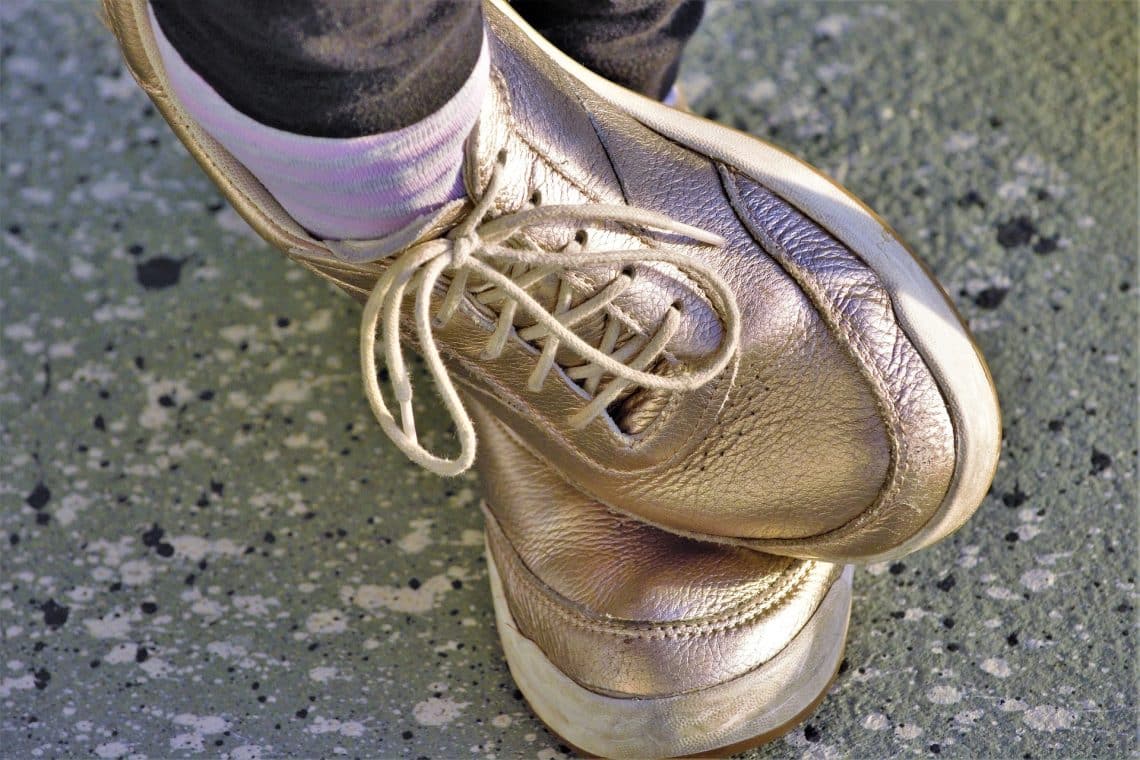
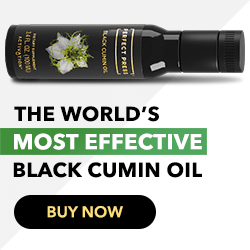


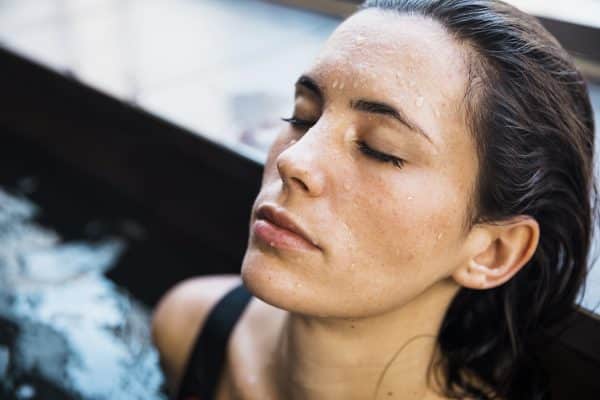


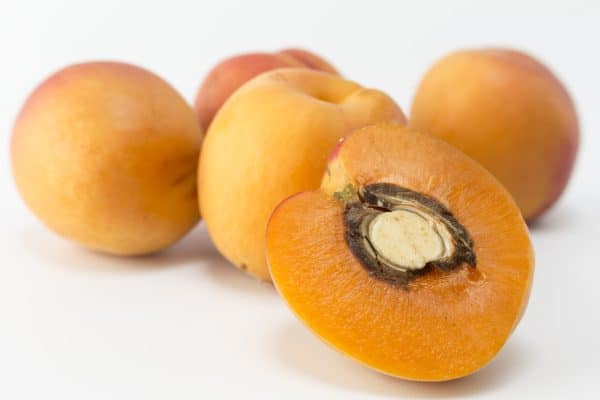

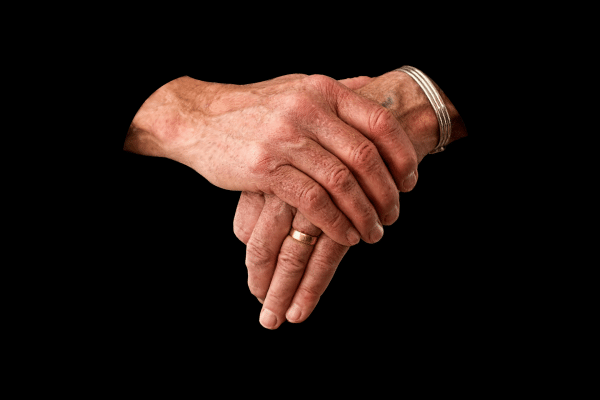


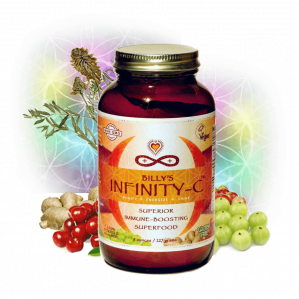
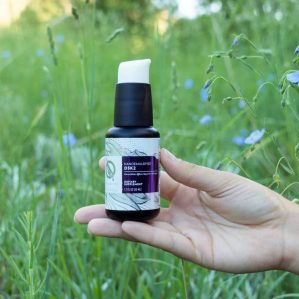
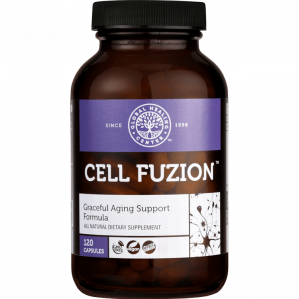
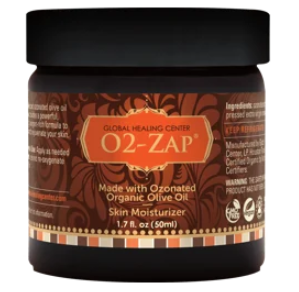











0 Comment